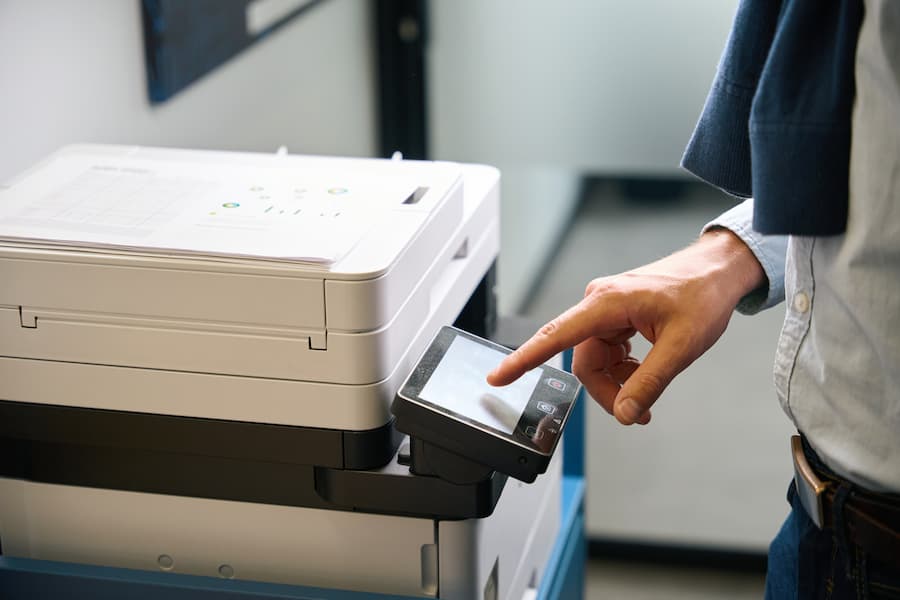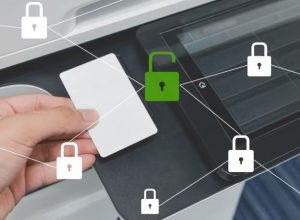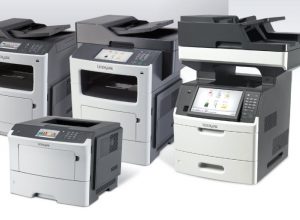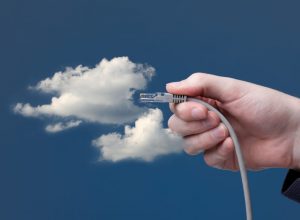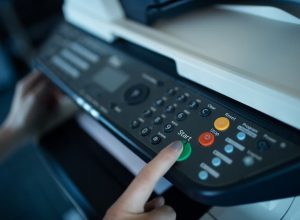Contents
Eco-Friendly Printing: How Modern MFPs Reduce Waste and Energy Use
In a world increasingly aware of environmental issues, the importance of eco-friendly printing solutions has become paramount. Multifunction Printers (MFPs) have evolved significantly in recent years, integrating modern technologies that minimize waste and energy use. This article delves into how these advancements not only contribute to sustainability but also enhance efficiency in office environments.
Modern MFPs leverage advanced technologies such as duplex printing, which allows for double-sided printing. This feature not only reduces paper consumption but also cuts the energy required for paper processing. For instance, if an office prints 1000 single-sided pages, duplex printing can effectively halve that to only 500 sheets, significantly diminishing the overall environmental impact.
Moreover, many contemporary MFPs employ energy-efficient standby modes. When not in use, these machines automatically enter a low-power state, consuming significantly less energy than standard operating modes. According to Energy Star certifications, energy-efficient models can operate at 50% less energy compared to their traditional counterparts. This shift not only reduces utility costs but also contributes to lower carbon footprints.
Technological advancements have also paved the way for the use of recycled materials in printer cartridges, such as ink and toner. MFPs now utilize cartridges created from recycled plastics, which lessens the demand for virgin materials and promotes a circular economy. Notably, companies offering cartridge return programs can restore these materials back into circulation, minimizing waste further.
Another effective innovation in modern MFPs is the cloud-based printing solutions. Users can print directly from their devices via cloud services without the need for intermediary physical copies. This significantly cuts down on paper wastage while enhancing workflow efficiency. Real-time usage analytics in some MFPs provide insights into printing habits, enabling organizations to adjust behaviors and further decrease unnecessary print jobs.
Investing in eco-friendly printing technologies not only meets the growing expectations of environmentally conscious consumers and employees but can also lead to significant cost savings in the long run. Businesses can benefit from reduced paper and energy costs, while enhancing their brand reputation as a sustainable entity in the marketplace. The incorporation of MFPs into daily operations, therefore, represents a critical step toward achieving both ecological and operational efficiencies.
The Role of Multifunction Printers
Multifunction Printers combine several functions—printing, scanning, copying, and faxing—into a single device. This integration means less hardware is needed, reducing both the physical footprint and the associated environmental impact. By consolidating multiple functions, MFPs help to streamline office processes while also minimizing waste produced by redundant devices.
Reducing Paper Waste
One of the most significant environmental impacts of traditional printing is paper waste. Modern MFPs are designed with features that help to reduce this waste:
- Duplex Printing: Most contemporary MFPs come equipped with automatic duplex printing capabilities, allowing users to print on both sides of the paper without manual intervention. This feature not only cuts paper use in half but also saves costs.
- Print Preview: Many MFPs offer a print preview option that allows users to check documents before printing. This dramatically reduces errors that lead to wasted paper.
- Eco Modes: Eco-friendly modes are commonly found in modern MFPs, where color printing is limited, ink consumption is reduced, and the printer chooses the most efficient settings automatically.
Energy Conservation
Energy consumption in printing is a significant contributor to a company’s environmental footprint. Modern MFPs address energy efficiency through various methods:
- Energy Star Certification: Many modern MFPs meet Energy Star standards, which require products to be more energy-efficient than a baseline model. These printers consume less power during both operation and standby modes.
- Sleep Modes: MFPs are equipped with advanced sleep modes, which significantly reduce power consumption when the printer is not in use. This feature conserves energy without compromising readiness.
- LED Technology: Printers using LED technology consume less energy than traditional laser printers, as they require less heat to operate. This technology also contributes to faster warm-up times and a smaller environmental footprint.
Ink and Toner Efficiency
Efficient use of ink and toner is critical to minimizing waste and costs. Modern MFPs incorporate features that help individuals use these resources more efficiently:
- High-Capacity Cartridges: Utilizing high-capacity cartridges can significantly reduce the frequency of replacements. Companies that choose high-yield options can experience substantial savings in both time and materials.
- Smart Ink Management: Some MFPs come equipped with smart ink management systems that monitor usage and optimize distribution based on demand, ensuring that excess ink isn’t wasted.
Recycling and Sustainability Initiatives
Beyond the features of the devices themselves, manufacturers are adopting practices that focus on sustainability:
- Recyclable Components: Many manufacturers are now making machines with recyclable plastics and metals, encouraging users to properly dispose of or recycle their devices at the end of their life cycle.
- Take-Back Programs: Various companies offer programs to take back used cartridges and old printers, which can be refurbished, recycled, or repurposed, further reducing landfill waste.
Conclusion
As the demand for sustainable practices in corporate environments grows, modern MFPs offer effective solutions that contribute to waste reduction and energy savings. By integrating advanced features that encourage responsible printing and energy use, these multifunction devices help organizations lessen their environmental impact while maintaining productivity. Investing in eco-friendly printing not only supports a greener planet but also enhances operational efficiency and cost-effectiveness, making it an ideal choice for any business seeking to improve its sustainability footprint.
